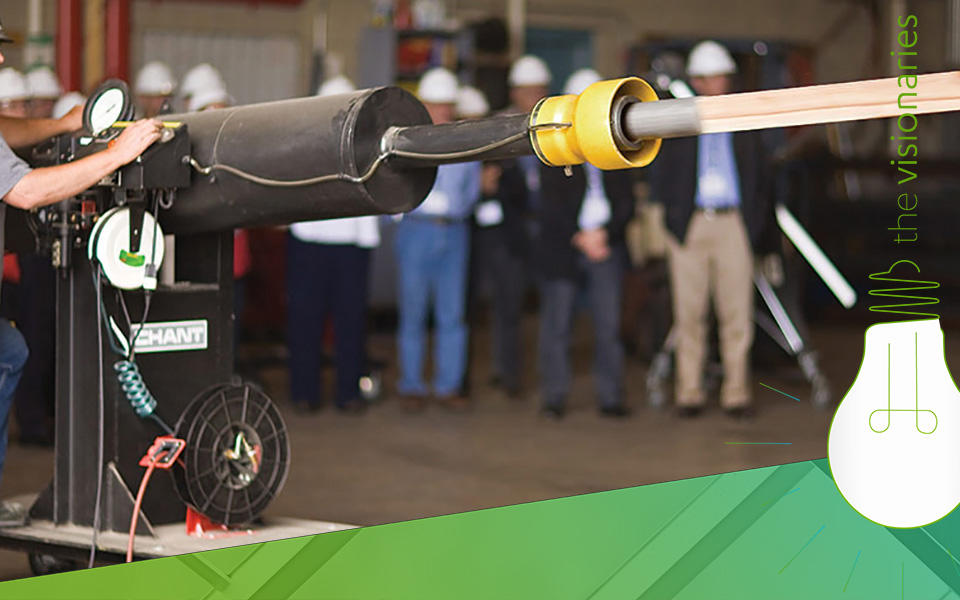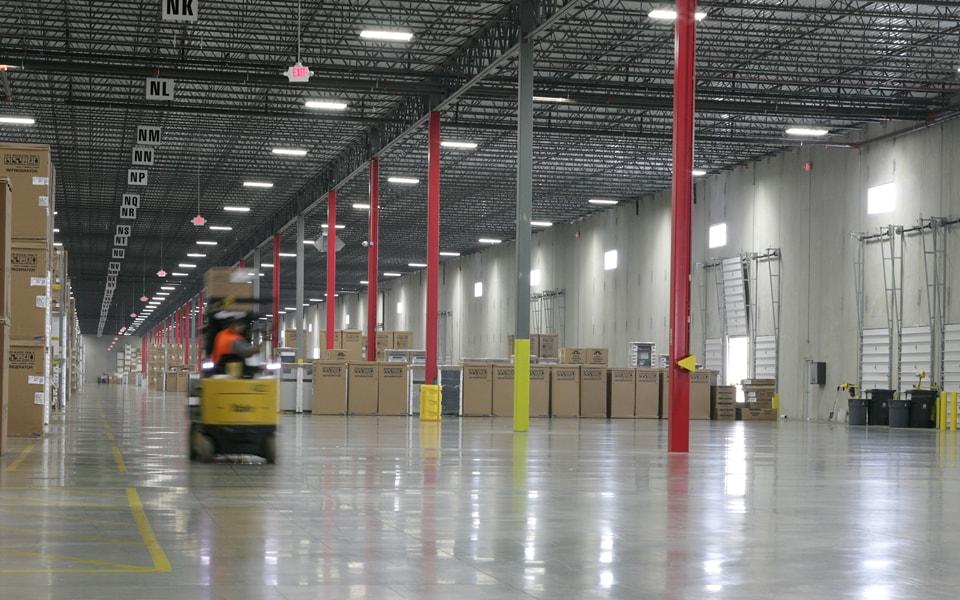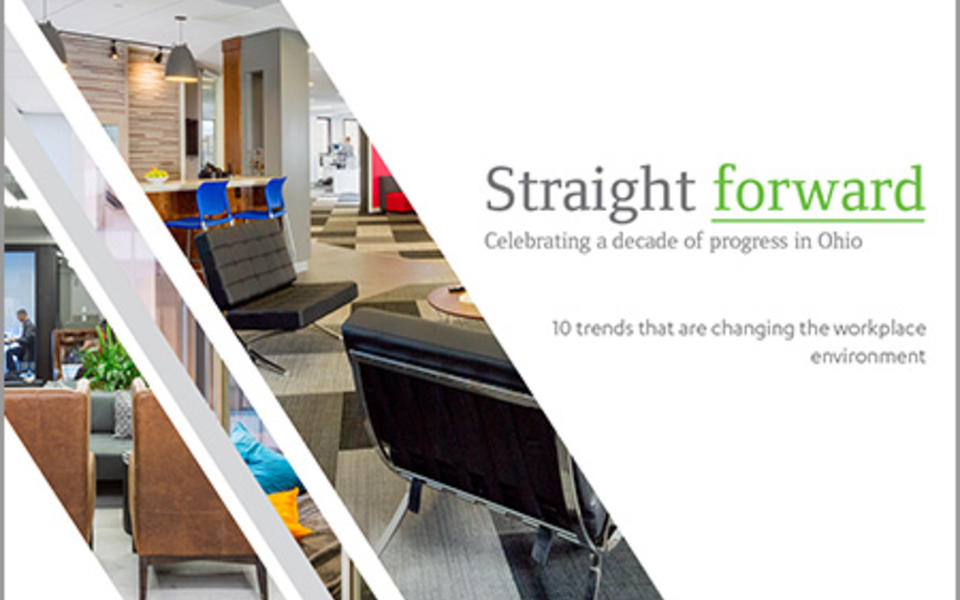Rickenbacker 567 Warehouse, Rickenbacker 717, UPS Aviation Distribution Center renovationVisionaries
At Pepper, we believe our work is more complex than a single construction project. We get to work with some of the top regional business leaders, which affords us the opportunity to better serve our community. This idea was the impetus behind our Visionaries Series, which we created to ask more wholistic questions that we don’t always get to ask in the context of a project. Our goal is to gain a more fulsome understanding of the challenges our clients face in the market so our industry can better respond to their needs.
Recently, I caught up with VanTrust Executive Vice President Andy Weeks to learn more about his perception of the state of commercial development. Here's what he had to say:
Q: What are the top issues facing commercial development today?
I would say, for the most part, the thing I think most about is how aggressive we want to be at this point in the cycle. I listened to an interview with Janet Yellen, and something I took away from it was that cycles don’t die of old age, meaning there isn’t a prescribed maximum lifespan of a cycle. If and when they die, it is usually caused by something. That being said, the current cycle is pretty mature, so we spend a lot of time weighing how aggressive we want to be against how much runway this cycle has left. In the end, it’s all about finding balance.
Second on our mind are interest rates. They are rising, which puts pressure on costs and cap rates.
Finally, [it] would be rising construction costs. Can we continue to pass those costs along to our clients?
Q: When you say you feel this is a mature cycle, does that mean you are worried about it continuing?
Not necessarily. The one thing I will say is I don’t believe we are oversupplied like we were in the previous cycle. Vacancy rates for office and industrial are as low as they ever have been in Columbus, and the pipeline of new space under construction seems reasonable. Furthermore, lenders seem to be more restrained this time around, so financing is not as easy as it was during the last cycle, which should keep new supply fairly muted.
Q: I notice that nowhere in any of your concerns do you list policies or government intervention. Is that because you don’t believe it to be a cause for concern?
Not entirely. The tricky thing about policy and government is that regardless of how helpful or punitive it might be, it is usually applied evenly to everyone trying to do the same things. That is to say, yes, we have to account for it, but so does every other developer. We can deal with it as long as it applies to everyone the same.
As I wrapped up my conversation with Andy, I reflected on what his answers mean to us. It appears that the largest concern to commercial development right now is the pace of cost increases - whether construction, materials or capital - is rising faster than rent rates. As a construction manager, we're seeing factors like a stressed labor market, tariffs, trade wars and rising interest rates make costs of raw materials and installation rise quickly. Still, it is critical that we provide clients with cost certainty to the best of our ability. Their margins are so thin that even the smallest of swings can affect whether or not a project is even viable.
In our next interview, we sit down with Sue Zazon of Huntington Bank to better understand from a banking and lending perspective how these forces come into play in the day-to-day interactions she has with commercial real estate clients.





